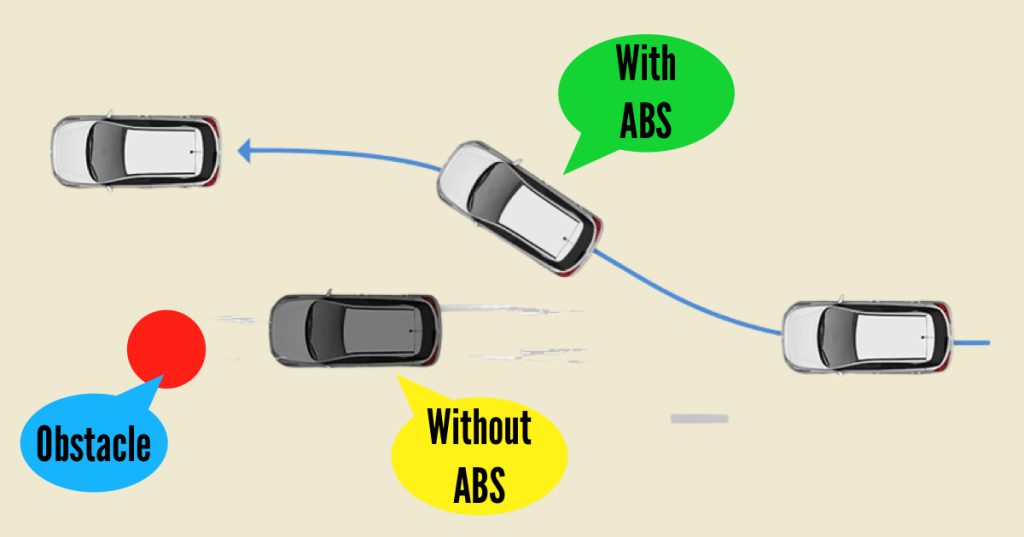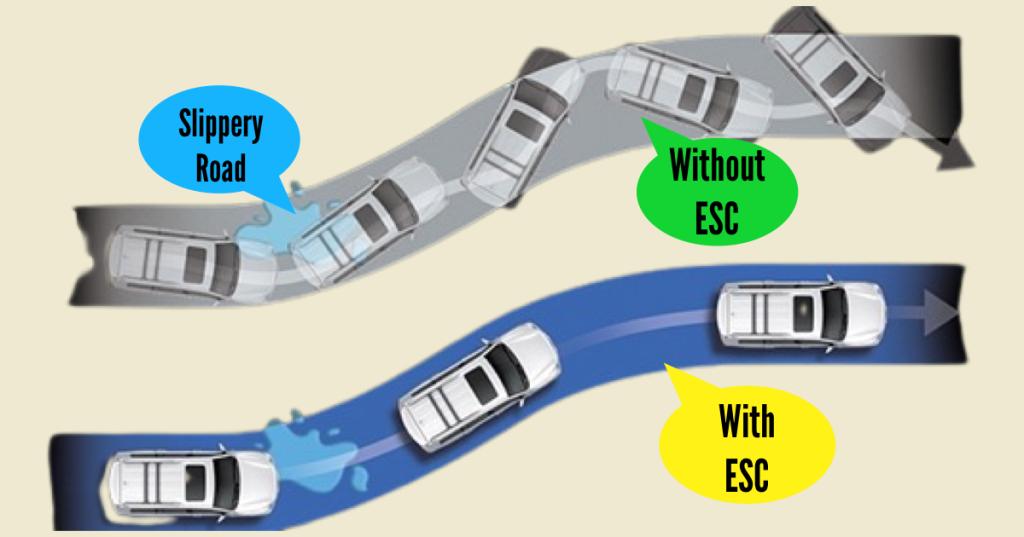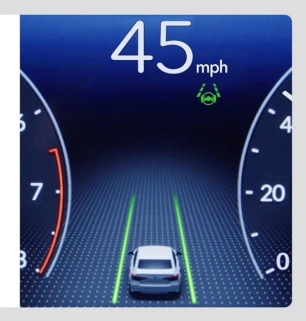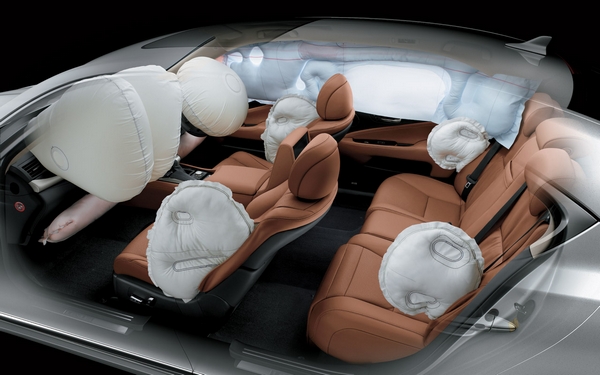Vehicle safety features have significantly evolved over the years to enhance passenger protection, reduce the risk of accidents, and also protect pedestrians.
Here are some of the top vehicle safety features and their purposes:
Antilock Braking System (ABS): ABS prevents the wheels from locking up during hard braking, allowing the driver to maintain steering control while braking. It helps reduce the risk of skidding and maintains traction with the road surface.

Electronic Stability Control (ESC): ESC helps drivers maintain control of the vehicle during abrupt maneuvers or when encountering slippery road conditions. It detects and reduces skidding or loss of control by selectively applying brakes to individual wheels and, if necessary, reducing engine power.

Traction Control System (TCS): TCS helps prevent wheel spin and loss of traction during acceleration on slippery surfaces. It modulates engine power and selectively applies brakes to maintain traction with the road.
Adaptive Cruise Control (ACC): ACC uses radar or sensors to maintain a safe distance from the vehicle ahead. It automatically adjusts the vehicle’s speed to match the flow of traffic, reducing the need for constant acceleration and braking.
Lane Departure Warning (LDW) and Lane Keeping Assist (LKA): LDW alerts the driver when the vehicle drifts out of its lane without signaling. LKA, an advanced version, provides steering inputs to keep the vehicle within the lane if the driver does not respond to the warning.

Forward Collision Warning (FCW) and Automatic Emergency Braking (AEB): FCW alerts the driver of an imminent front-end collision, often using radar or camera systems. AEB takes it a step further by automatically applying the brakes to avoid or mitigate a collision if the driver fails to respond.
Blind Spot Detection (BSD): BSD uses sensors to detect vehicles in the driver’s blind spots. It alerts the driver with visual or auditory cues when a vehicle is present, helping prevent lane-change collisions.
Rearview Cameras and Parking Sensors: Rearview cameras provide a clear view of the area behind the vehicle, aiding in parking and avoiding obstacles. Parking sensors use ultrasonic or radar technology to detect objects in close proximity to the vehicle, providing audio or visual warnings to assist with parking maneuvers.
Adaptive Headlights: These headlights pivot and adjust their direction in response to the vehicle’s steering input or the road conditions. They enhance visibility around curves, helping the driver see potential hazards more clearly.

Advanced Airbag Systems: Modern vehicles feature advanced airbag systems that include front, side, curtain, and knee airbags. These airbags deploy in the event of a collision to protect occupants from impact forces and reduce the risk of injuries.

It’s important to note that the availability of these features may vary depending on the make, model, and trim level of a vehicle. Always refer to the manufacturer’s specifications and consult with a dealership for the specific safety features available in a particular vehicle.
These systems will assure you of a high probability of survival in the unlikely event of an accident, which also means that you have to ensure that all systems necessary for their functioning are up and working.
Several systems are in development including autonomous, self-driving cars. what we will like to see as well is a non-proprietary and legislated system similar to the black box on an airplane so data on accidents can be accessed and used to prevent future accidents.










